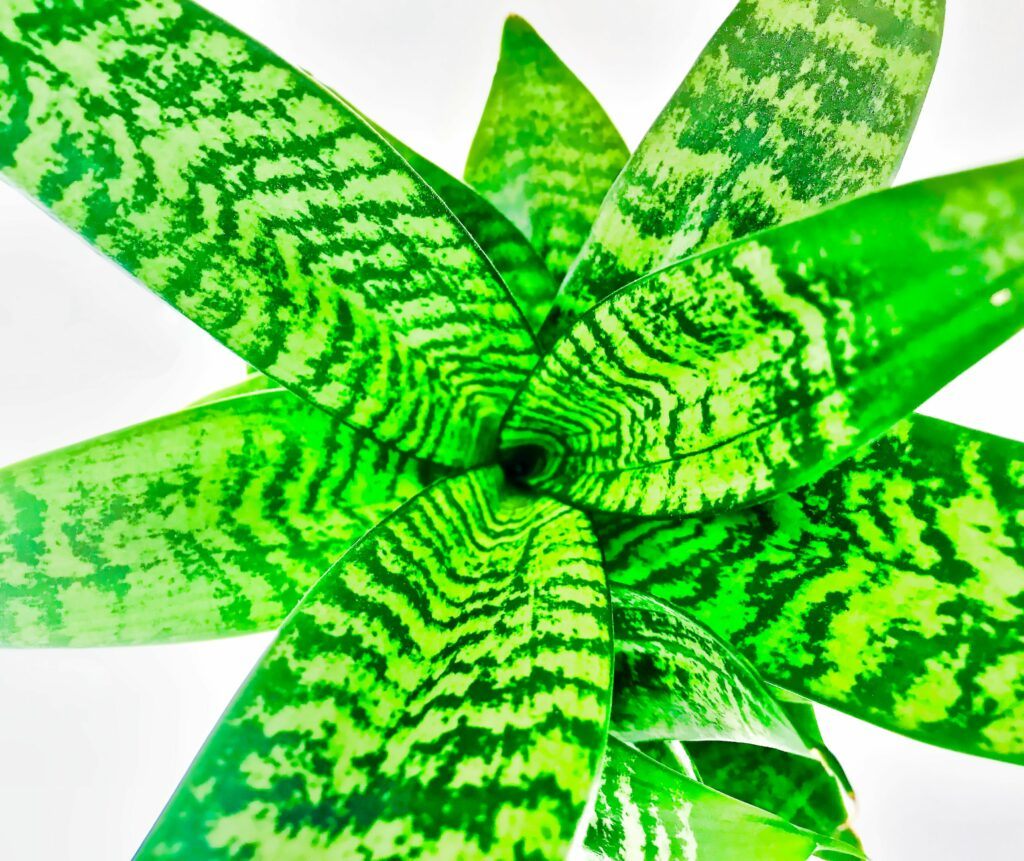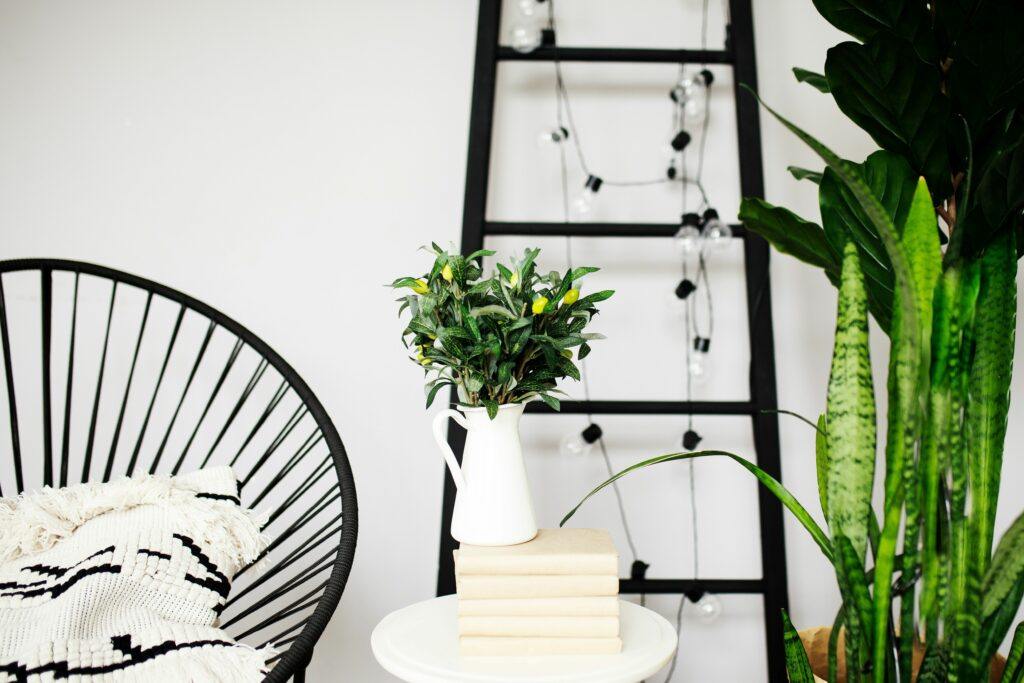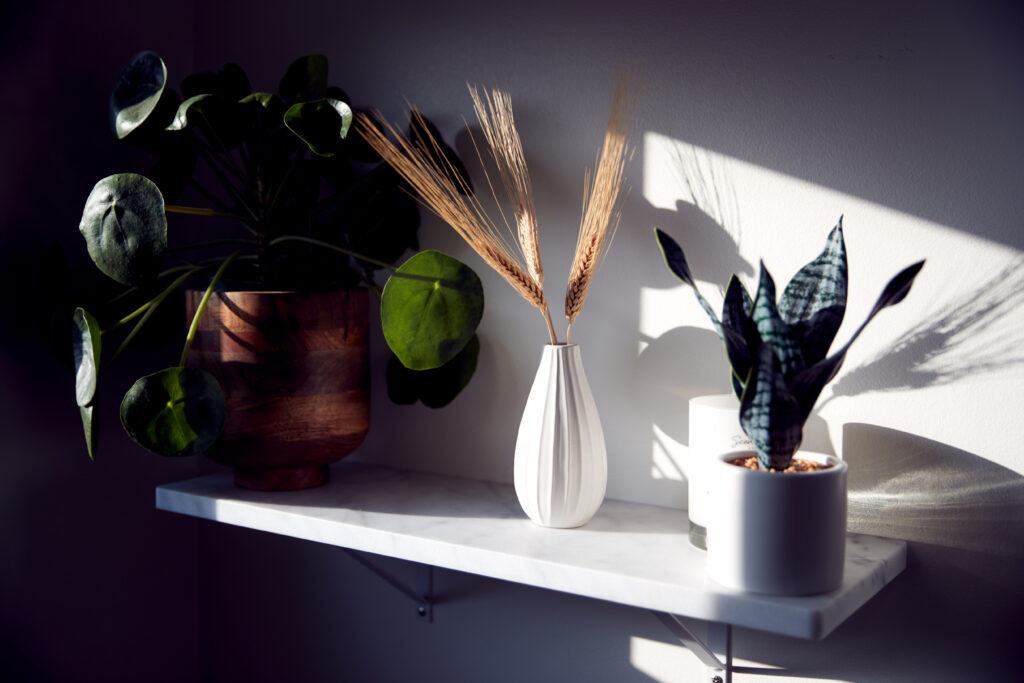
Snake Plants, officially known as Dracaena trifasciata, have been around for centuries, but they’ve recently surged in popularity among new and seasoned plant lovers alike. Originating from West Africa, these hardy plants have adapted to a wide range of conditions, making them a top choice for homes and offices.
One glance at a Snake Plant, and you’ll notice its striking long, upright leaves. These can vary in color and pattern from rich green with yellow edges to more exotic types boasting silver-gray hues. This diversity in appearance makes them not only a botanical favorite but also a stylish addition to any interior design.
What really sets Snake Plants apart is their reputation as almost indestructible. Many folks choose them because they thrive on neglect. They have a real knack for surviving in dimly lit corners and can go weeks without water. Plus, they’re tough enough to withstand most common plant diseases, so they’re fantastic for people who don’t have a natural green thumb. Snake plants are nearly indestructible—making them one of your go-to easy indoor plants for beginners.
It isn’t just their resilience that makes them popular. Snake Plants are renowned for improving air quality by filtering out toxins like formaldehyde and benzene. This air-purifying trait is part of why so many have a place in homes today, offering a natural way to enhance the environment. Their combination of aesthetic appeal and function makes them a top contender for anyone looking to add greenery to their space.
Optimal Care for Your Snake Plant: Nurturing Growth

Stylish scandinavian composition with wooden commode, candle, succulent in marble pot, photo camera, books, map, decoration and elegnat personal accessories in modern concept.
Snake Plants are pretty forgiving, but giving them a little care goes a long way. These plants aren’t fussy, yet they appreciate the occasional attention to keep their striking leaves vibrant.
When potting a Snake Plant, the right container can make a difference. Choose a pot that allows for good drainage because these plants don’t enjoy sitting in waterlogged soil. A porous material like terra cotta is ideal, helping to wick away excess moisture.
Watering can be tricky, but the mantra ‘less is more’ holds true. Wait until the top few inches of the soil are completely dry before giving your plant a drink. Overwatering is the quickest route to root rot, something these beauties won’t forgive easily.
Snake Plants are not heavy feeders, but during the growing season in spring and summer, a balanced fertilizer can help them shine. Just be cautious not to over-fertilize as they’re pretty self-sufficient and can manage with minimal supplementation.
Avoiding common pitfalls is part of the journey. Watch out for drooping leaves, a sign of overwatering, or brown tips indicating a lack of humidity. Keeping an eye on these aspects ensures your plant stays happy and healthy.
Creating the Perfect Environment: Location, Light, and Temperature

Finding the right spot for your Snake Plant makes a big difference. They appreciate bright, indirect light but are also champions of low-light areas. This flexibility lets them adapt to various settings, like a corner in a living room or even a dim hallway. Just avoid direct sun as it can scorch their leaves.
When it comes to light, balance is key. If you see the leaves losing their vibrant color, it might be a cue to move your plant to a brighter spot. On the other hand, if the growth slows down, introducing a bit more light can give it the boost it needs.
Temperature-wise, Snake Plants are hardy but show their best face in moderate conditions. They thrive between 60°F (15°C) and 80°F (27°C). They’re pretty resilient to temperature fluctuations but won’t tolerate freezing cold, so keep them inside during the chilly months.
Humidity isn’t a major issue for these hardy plants, but they aren’t fans of extreme humidity or super dry conditions. Keep them away from drafty windows or heating vents to maintain a stable environment. A little aeration goes a long way in keeping them fresh, so occasional ventilation with a fan can help circulate air around them. Positioning your Snake Plant in a bathroom can work wonders too, thanks to naturally higher humidity levels. The main thing is balance; avoiding extremes helps keep your plant thriving.
Their architectural shape suits any décor—and they’re especially well-suited to compact settings like apartment corners, making them among the best plants for small spaces.
Benefits Beyond Beauty: Why Every Home Needs a Snake Plant

Beyond their sleek looks, Snake Plants bring a range of benefits that make them a great addition to any indoor space. One of their standout features is their ability to purify the air. They help remove toxins like formaldehyde and benzene, which can be found in products all around the home, from cleaning agents to paints and varnishes.
The health perks don’t stop at air purification. Snake Plants continue to work their magic after dark by converting CO2 into oxygen even at night. This quality makes them ideal candidates for the bedroom, potentially aiding better sleep by boosting the oxygen level while you rest.
There’s a psychological boost, too. Studies have shown that indoor plants, including Snake Plants, contribute to reducing stress and boosting mood. Having these patches of green can foster a sense of tranquility and wellbeing, turning any room into a more welcoming and serene space.
Their adaptability and resilience mean they fit well into various indoor environments, whether you’re sprucing up a corporate office, a cozy living room, or a quiet home workspace. For poorly lit rooms, even a basic setup with indoor grow lights can help your snake plant stay upright and lush. With their simple yet bold leaves, they complement a range of decor styles, from modern to rustic.
For those who might hesitate before getting a plant, the ease of care and multitude of benefits Snake Plants provide makes them a safe and rewarding choice. They’re not just a pretty face—they’re a smart pick for enhancing both home aesthetics and air quality.

Snake plants have always intrigued me, especially for their air-purifying qualities and low-maintenance nature. One point I’m wondering about is how different lighting conditions affect their growth rate and leaf pattern. Do they develop differently in low light versus bright indirect light over time? Also, since they’ve been reclassified as Dracaena trifasciata, are there any care tips that differ from when they were labeled Sansevieria?
Slavisa,
I’m so glad for your interest in the snake plant. Your question about growth rate and leaf patterns is a good one. Snake plants can tolerate low light conditions but the prefer bright indirect light. So, their color can become dull, their stems leggy, and their growth will be slower if they do not receive sufficient light.
As for your question about the differences between Dracaena trifasciata and Sansevieria, you’ll be happy to know they are the same plant. Back in the day, newly discovered plants were often named after famous figures, and the name Sansevieria was named after an Italian scientist who was known as the Prince of Sansevero.
Some in the gardening community have embraced the name change, while others have not. So even though the name is officially changed, it doesn’t seem Sansevieria is going away soon!
Hi Kathryn,
I just read your fantastic article about Snake Plants and wanted to share my thoughts. First off, I have to say that your writing style is engaging and informative, making the topic accessible and interesting for both novice and experienced plant enthusiasts.
One aspect that particularly caught my attention was the section on the benefits of Snake Plants. I found it fascinating that these plants not only purify the air by removing toxins but also convert CO2 into oxygen at night, potentially improving sleep quality. As someone who has been looking for ways to enhance my living space and overall well-being, this information is incredibly valuable.
I also appreciated the tips you provided on caring for Snake Plants, especially the advice on choosing the right pot and avoiding overwatering. As someone who has struggled with keeping plants alive in the past, I find the low-maintenance nature of Snake Plants very appealing.
After reading your article, I’m inspired to add a Snake Plant to my home. I’m curious to know if you have any personal experiences with these plants and if you’ve noticed any positive changes in your living space or well-being since incorporating them into your environment.
Additionally, I’d love to hear your thoughts on the best places to position a Snake Plant within a home. Do you have any recommendations for specific rooms or areas where they can have the most impact in terms of air purification and aesthetic appeal?
Thank you for sharing your knowledge and passion for Snake Plants. Your article has definitely piqued my interest, and I look forward to exploring these fascinating plants further.
All the Best,
Eric
Eric,
It’s thrilling to hear that you are now a snake plant fan. I have had many snake plants over the years and think they are beautiful and interesting. There are many varieties out there with so many patterns and colors to choose from. I recently purchased a new plant called Hahnii and I’m excited to watch it grow.
I have always had lots of indoor plants, including snake plant so I haven’t noticed anything specific regarding positive changes, but I do know they are helping my indoor air quality. Even a NASA study identified snake plants as effective air purifiers, contributing to a healthier indoor environment.
Some of the best rooms to grow your snake plant is the bedroom, where it produces oxygen and promotes better sleep; the kitchen where it will purify air from cooking; and the living room because of its modern look. In each of these rooms, you can place it on a windowsill or shelf near a window where it will receive filtered light.
I had never heard of the Snake Plant before, and I didn’t know it originated from Africa—that’s really interesting! It’s great to learn about its beauty, the different types, and how low-maintenance it is. I also liked the idea of finding the right spot to help preserve it and make the most of its benefits. Definitely a plant worth considering!
Mohamed,
I’m glad you enjoyed the article on snake plants. I learned a little about them while I was researching the article myself. I never knew that in their natural habitat they actually bloom. I have never seen one bloom and I learned it is a rare occurrence. I would love to see it; maybe I will one day.